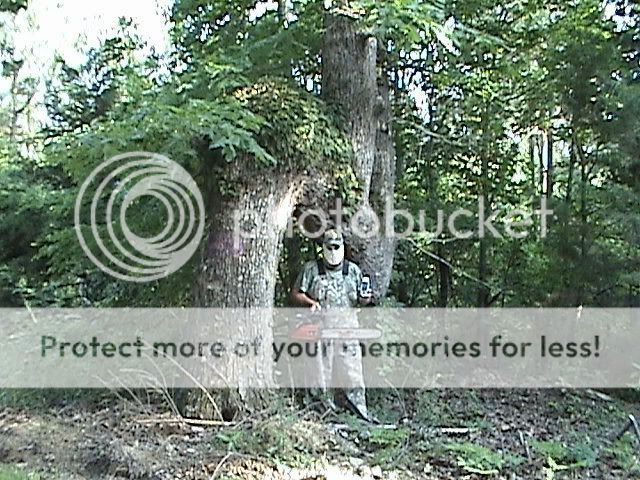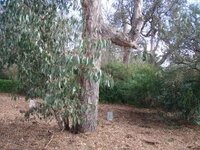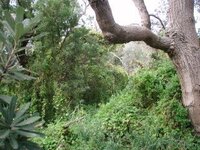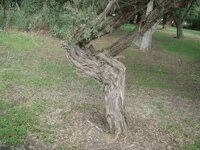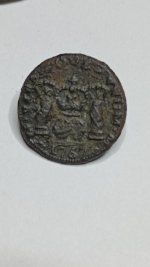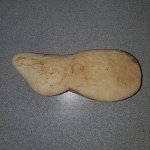mountainborn
Greenie
I dunno' ! I wonder just how old this thing may be ? Should I maybe cut it down and count the rings ? Someone told me that you could tell a tree's age that way. This tree is beside an old settler's trail that went into Oklahoma Territory. Here is the photo:
